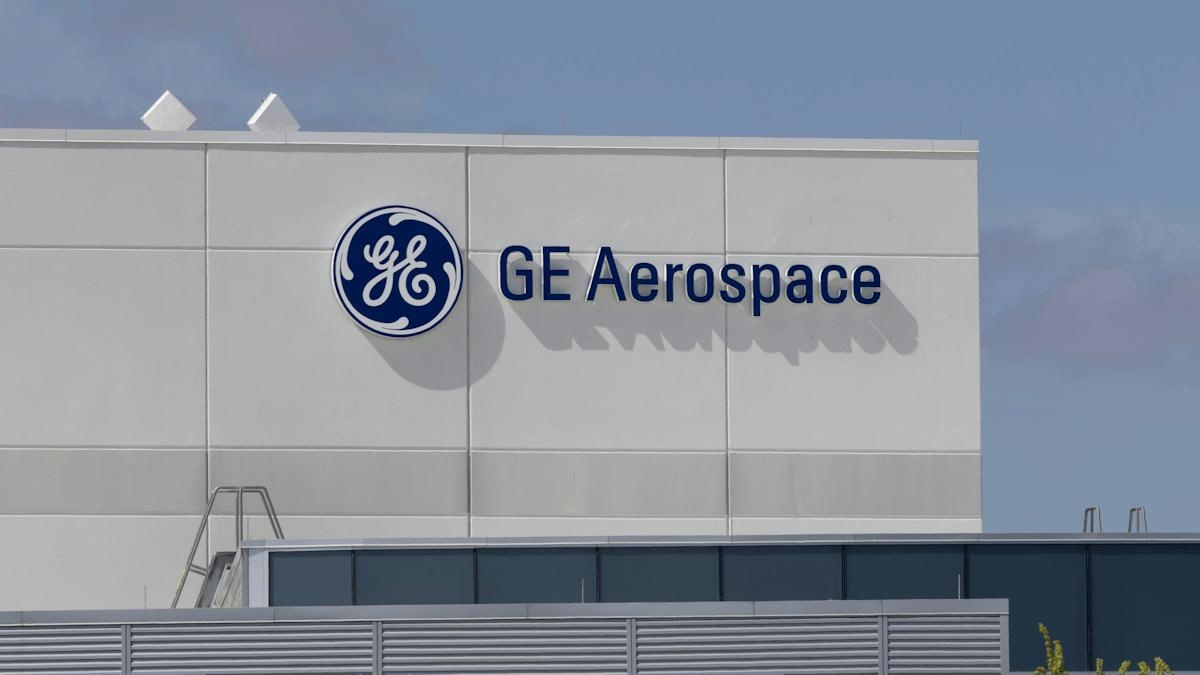
AeroGenie - مساعد الطيار الذكي الخاص بك.
الرائج الآن
Categories
Riyadh Air to Begin Flights to Heathrow with Limited Ticket Availability

Riyadh Air to Commence Limited Flights to London Heathrow
Saudi start-up airline Riyadh Air is set to begin daily flights to London Heathrow starting 26 October, initially operating with a “technical spare” Boeing 787-9 twinjet. Ticket sales for these inaugural flights will be restricted, available only to select groups and airline employees rather than the general public. This phased approach aims to ensure “unparalleled operational readiness” ahead of the delivery of Riyadh Air’s first new 787-9 aircraft from Boeing.
The airline’s first dedicated Boeing 787-9 was completed at Boeing’s Charleston assembly facility in August. However, Riyadh Air has yet to confirm the exact delivery date or when tickets will be offered to the wider public. Chief Executive Tony Douglas emphasized that this initial operation fulfills the carrier’s “commitment to begin operations in 2025.”
Navigating a Competitive Market and Future Expansion Plans
Riyadh Air’s entry into the London market places it in direct competition with established carriers such as British Airways and Emirates, both of which maintain a strong presence on the route. Industry analysts suggest that the limited ticket availability may help Riyadh Air manage operational complexities and assess market demand before a full-scale launch. Nonetheless, this strategy could also hinder passenger acquisition, as potential travelers might be discouraged by the restricted access. Market reactions are anticipated to be mixed, with some customers welcoming the new service while others perceive the limited availability as a barrier.
In response, competitors are likely to intensify promotional efforts to protect their market share and counter Riyadh Air’s debut. Given the crowded nature of the London–Middle East corridor, Riyadh Air will need to establish a distinct value proposition to attract and retain passengers.
Following the London launch, Riyadh Air plans to introduce flights to Dubai and will announce additional routes for winter 2025 and summer 2026 in the near future. Once the airline takes delivery of its first new 787-9 from Boeing, the leased “technical spare” aircraft—currently sourced from Oman Air and powered by GE Aerospace GEnx engines—is expected to be redeployed to the Dubai route.
Backed by the Saudi government, Riyadh Air has outlined ambitious expansion plans, including firm orders for 39 Boeing 787-9 Dreamliners with options for 33 more, alongside commitments for up to 50 Airbus A350-1000s. The airline also intends to operate Airbus A320neo-family narrowbody jets to complement its widebody fleet. In preparation for its broader launch, Riyadh Air has introduced the Sfeer loyalty programme to attract and retain customers.
As Riyadh Air approaches its official debut, the cautious rollout and limited ticket availability underscore a strategic focus on operational readiness and a measured assessment of market appetite within a highly competitive environment.

Dassault Aviation and Thales Partner on AI for Future Air Combat

Mexicana MRO Deal Stalls Pending Banorte Extension Approval

Trump's Policy on DEI Raises Concerns Over Aircraft Mechanic Training
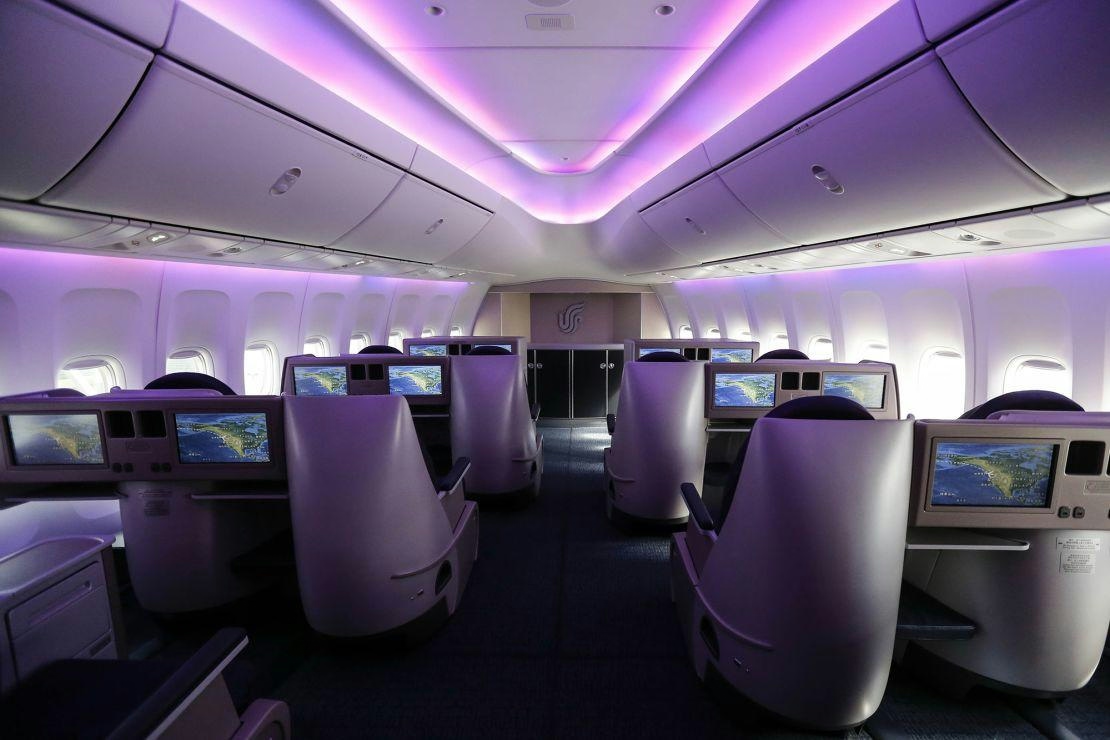
Why Boeing’s 747 Lacks a Full Second Deck Unlike the Airbus A380

Deutsche Aircraft Appoints Ernst-Georg Schröder Manager of Final Assembly Line for D328eco
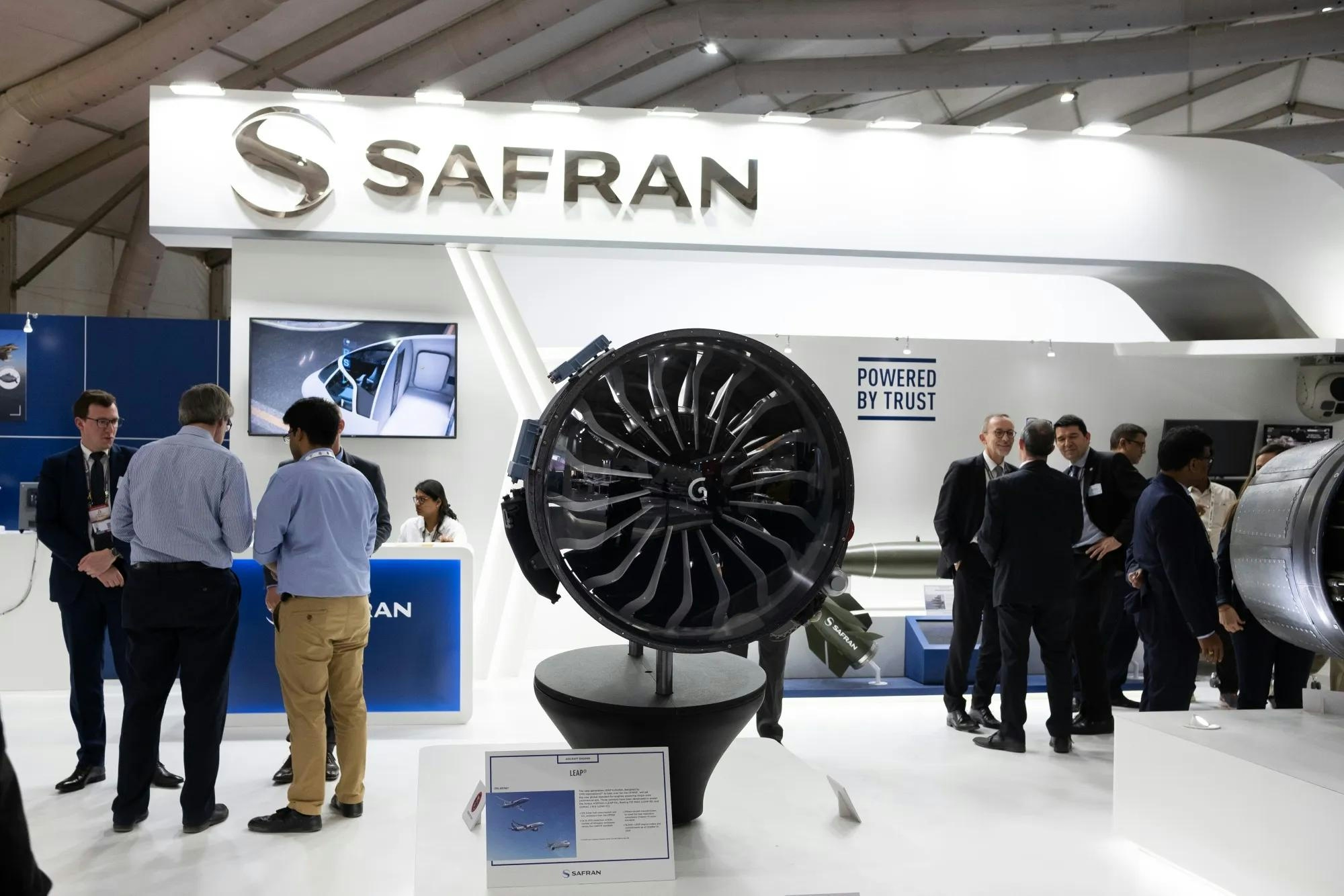
PM to Inaugurate Safran Aircraft Engine Services Facility in India on November 26
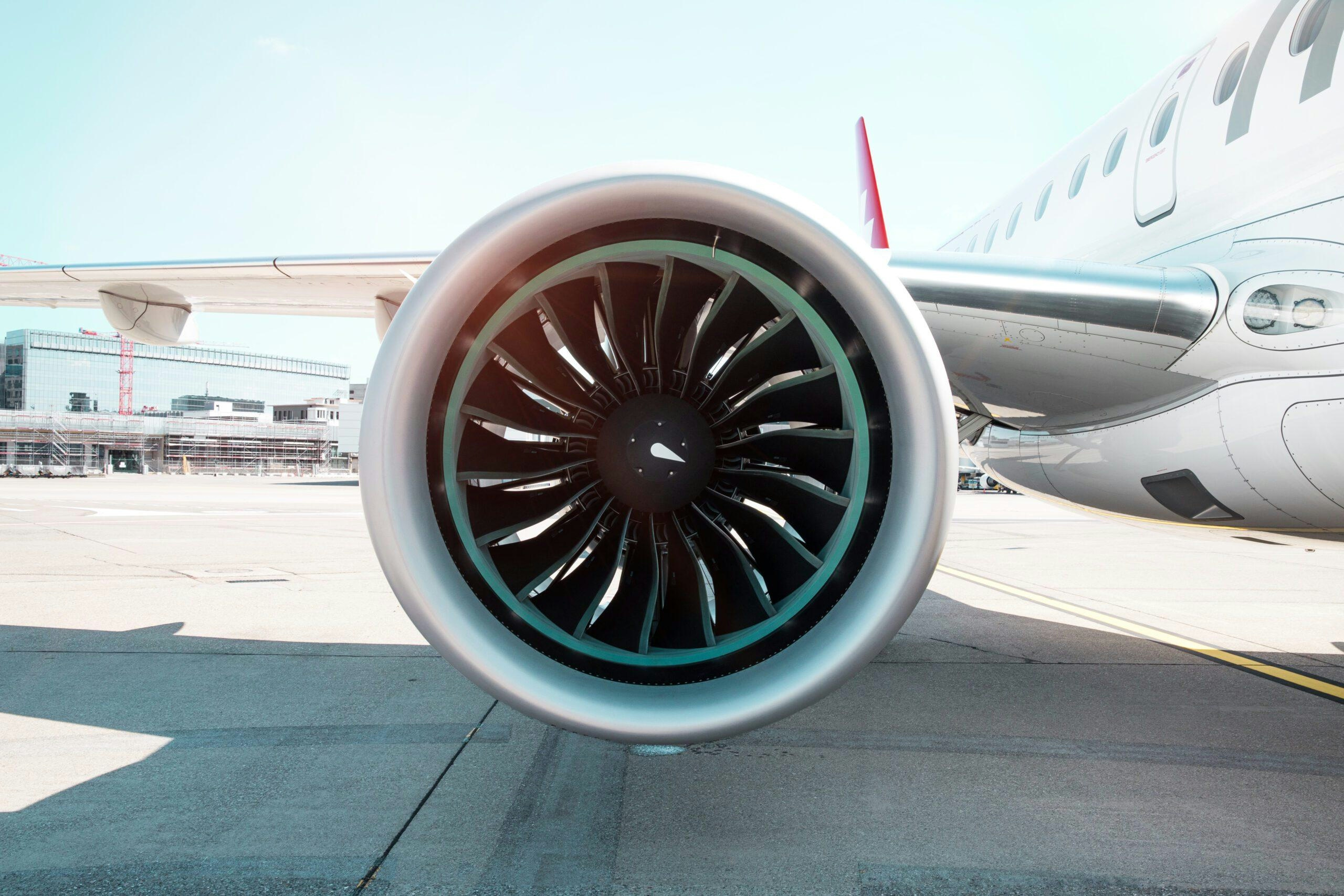
Leading Companies in Aviation Artificial Intelligence: Airbus, Amazon, Lockheed Martin, Tata Power, Thales
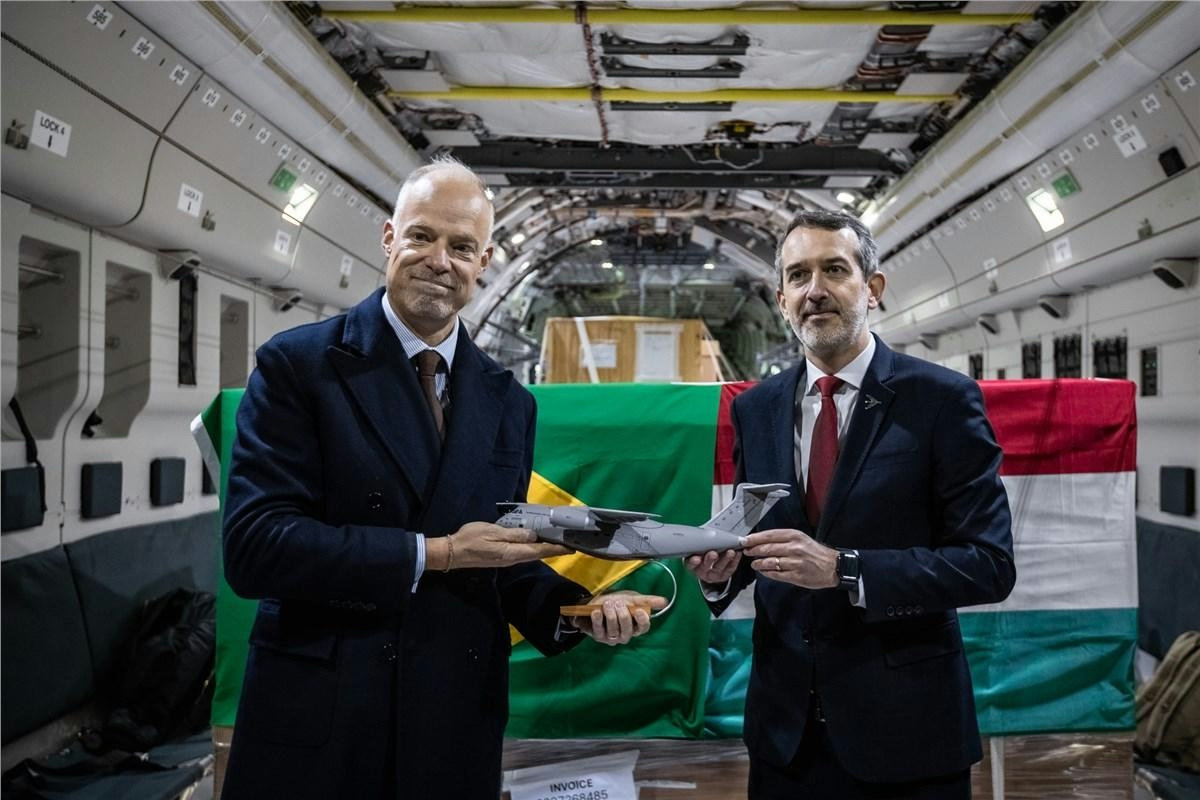
Embraer and ILIAS Partner to Enhance Military Fleet Management
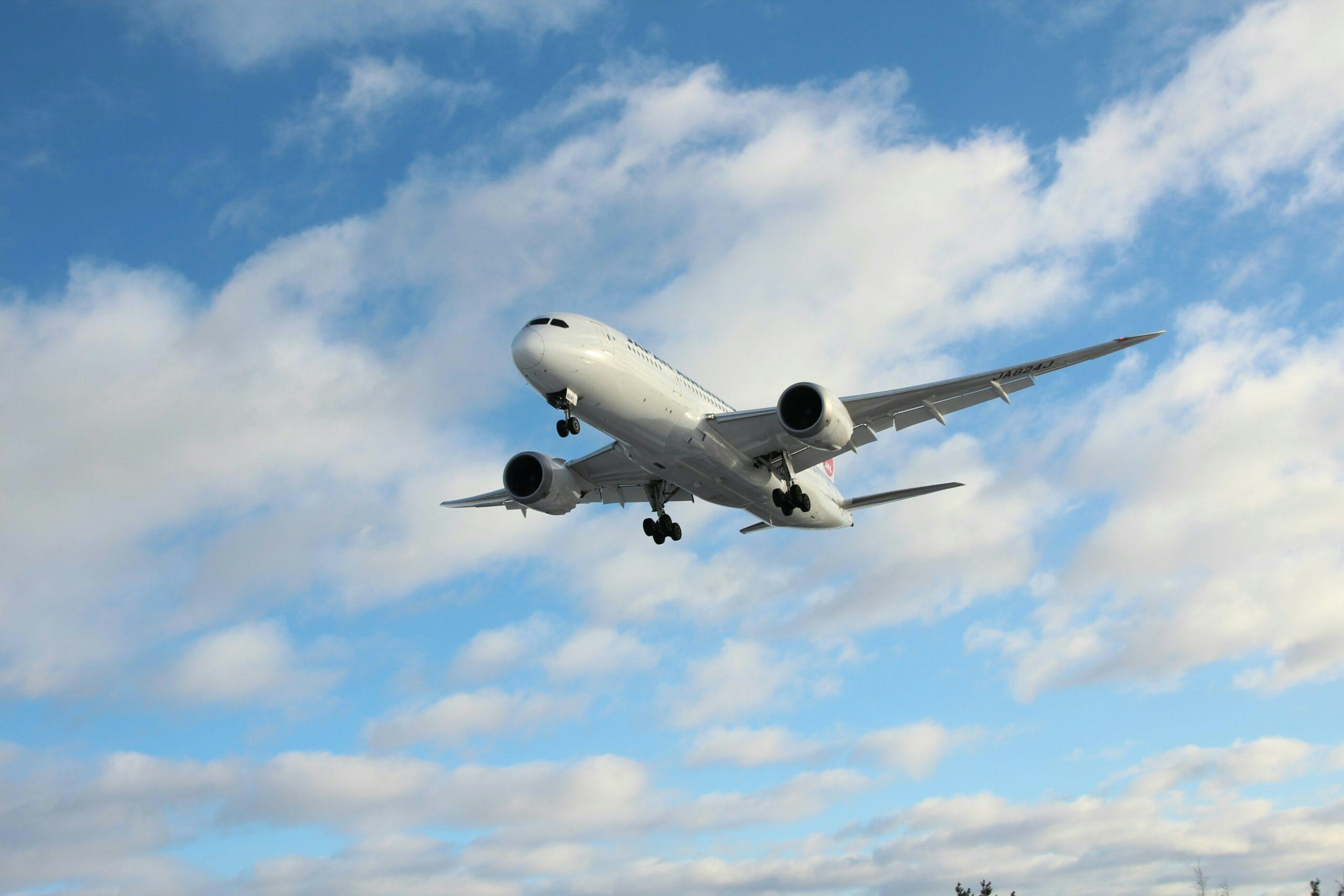
Warburg Pincus Acquires Hong Kong-Based Topcast Aviation Supplies
